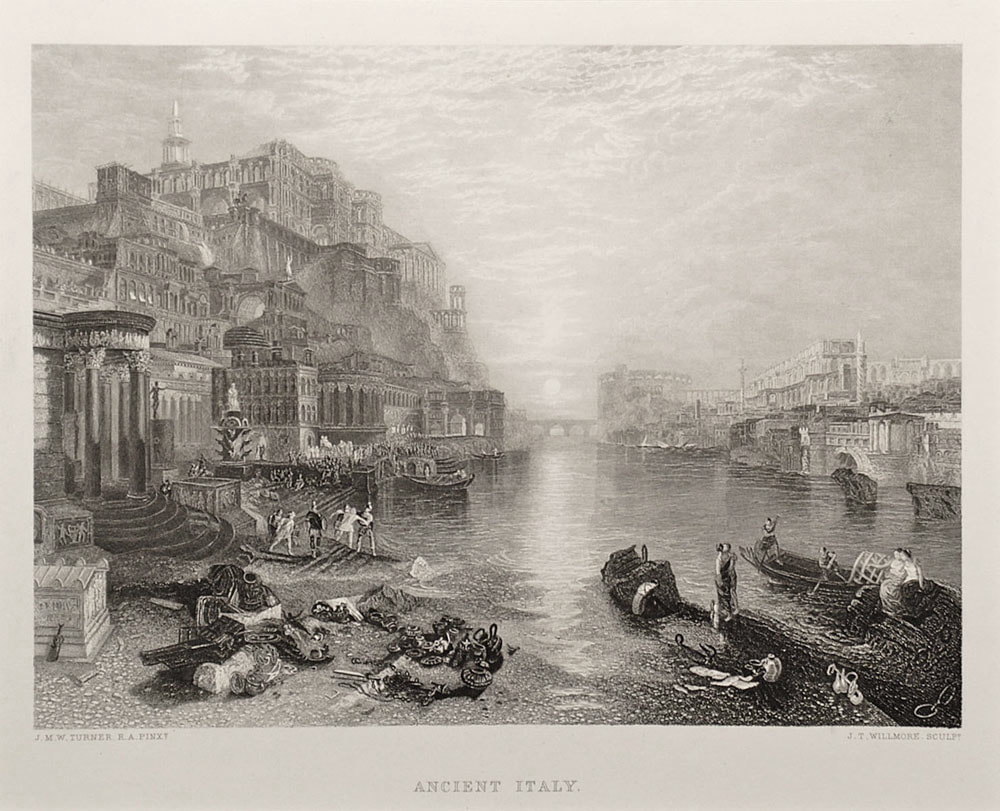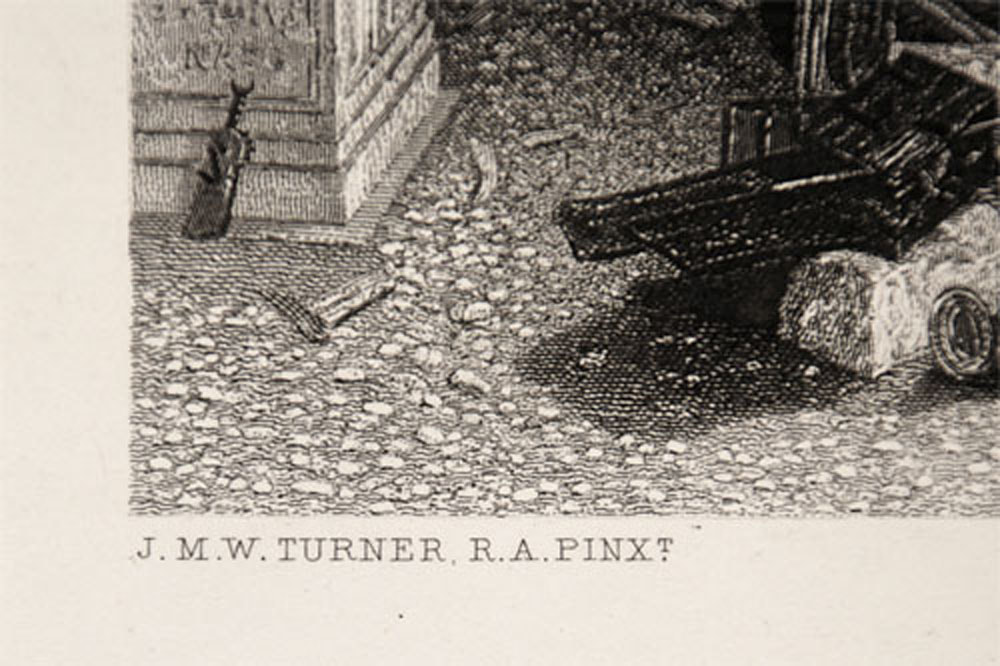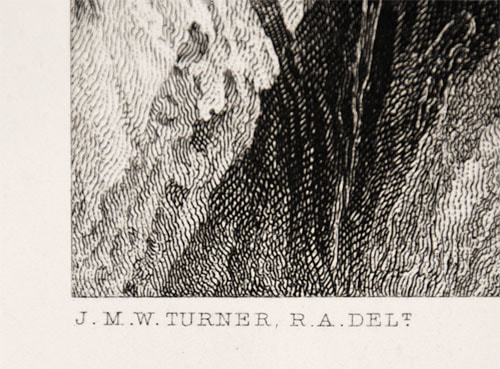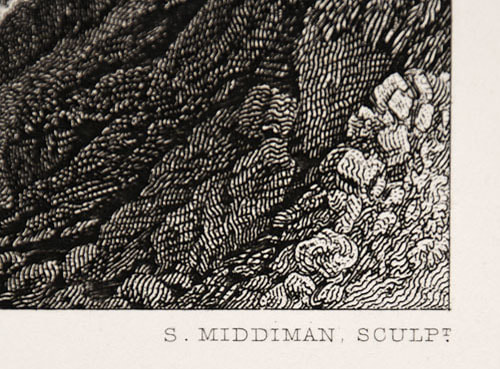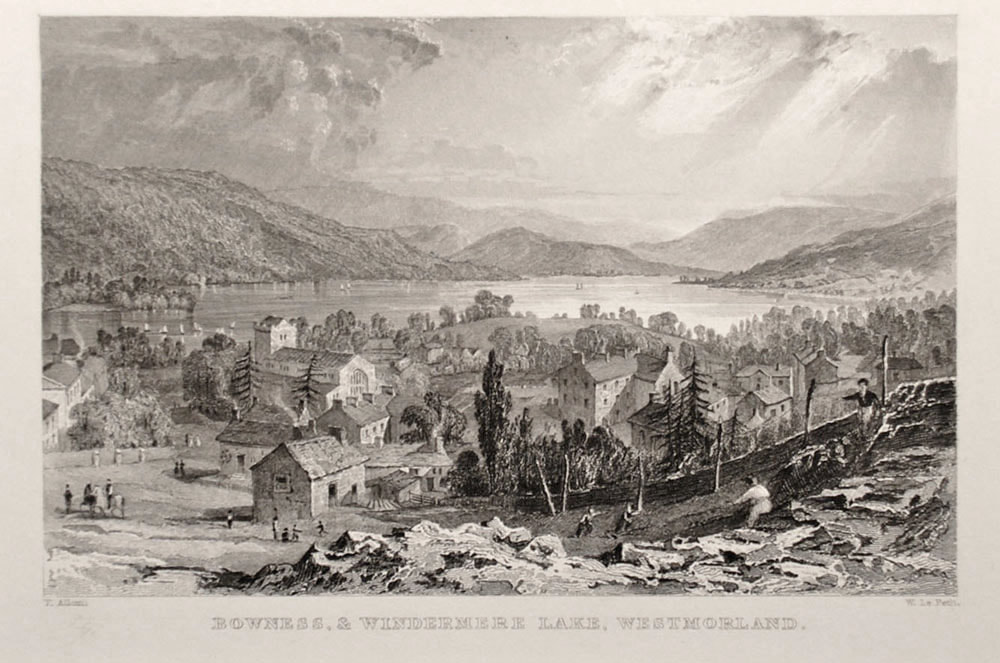What is an engraving?
An engraving is an intaglio print produced by the incision of lines on a metal or wooden plate.
In contrast to etching, where the design is drawn on acid-resistant wax, the lines of an engraving are drawn directly on to the plate with a hard-tipped tool known as a burin. In terms of metal, early designs were engraved on copper; from the early nineteenth century, steel became predominant. Steel, being harder than copper, is capable of printing a greater number of impressions.
An engraving is an intaglio print produced by the incision of lines on a metal or wooden plate.
In contrast to etching, where the design is drawn on acid-resistant wax, the lines of an engraving are drawn directly on to the plate with a hard-tipped tool known as a burin. In terms of metal, early designs were engraved on copper; from the early nineteenth century, steel became predominant. Steel, being harder than copper, is capable of printing a greater number of impressions.
Ancient Italy, c.1880, James Tibbitts Willmore (1800-1863) after J M W Turner (1775-1851), steel engraving
The letters and abbreviations that often appear below engravings provide information on the artist of the original work and on the engraver who copied the original for printing.
Ancient Italy, c.1880 (detail), James Tibbitts Willmore (1800-1863) after J M W Turner (1775-1851), steel engraving
In the example above, we discover the artist's name, J.M.W. Turner, that he was a member of the Royal Academy (R.A.) and that he painted the original work from which this print was produced (pinxt, an abbreviation of pinxit, Latin for 'he or she painted it').
Below left we find the word 'Delt' after Turner's name. This is an abbreviation of delineavit, Latin for 'he or she drew it'. The first example is therefore after an original Turner painting; the second is after an original Turner drawing.
'Sculpt' after Samuel Middiman's name (below right) is short for sculpsit, 'he or she carved it'; literally, the person who carved the lines onto the plate.
Below left we find the word 'Delt' after Turner's name. This is an abbreviation of delineavit, Latin for 'he or she drew it'. The first example is therefore after an original Turner painting; the second is after an original Turner drawing.
'Sculpt' after Samuel Middiman's name (below right) is short for sculpsit, 'he or she carved it'; literally, the person who carved the lines onto the plate.
Moss Dale Fall, c.1880, Samuel Middiman (1750-1831) after J M W Turner (1775-1851), steel engraving
If you come across a print with two names below the image, a good rule of thumb is that the original artist's name will be on the left; the engraver's name will be on the right.
Bowness and Windermere Lake, Westmorland, c.1834, William Le Petit (19th Century British School) after Thomas Allom (1804-1872), engraving
The majority of the topographical prints in our online gallery, such as the fine Lake District view above, are steel engravings produced between around 1820 and the end of the nineteenth century.
Our selection of engravings can be viewed here.
